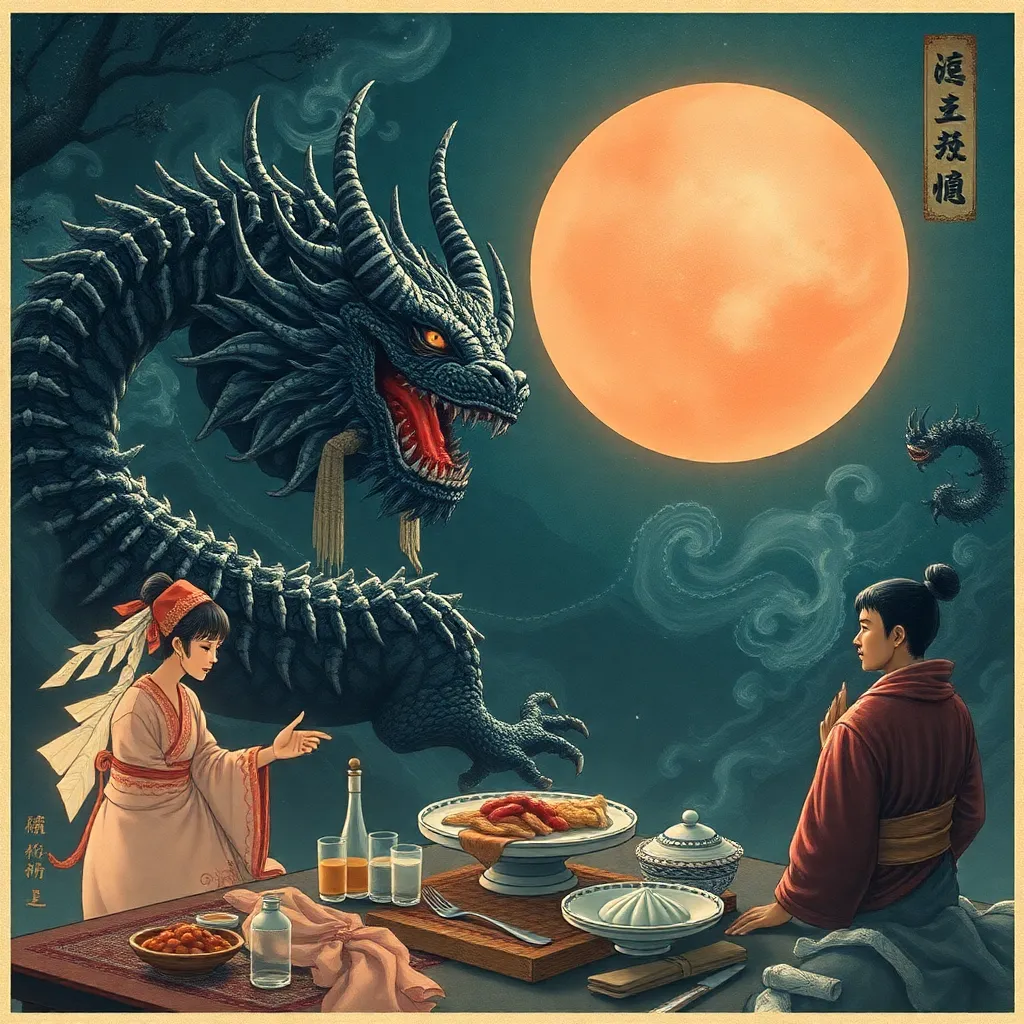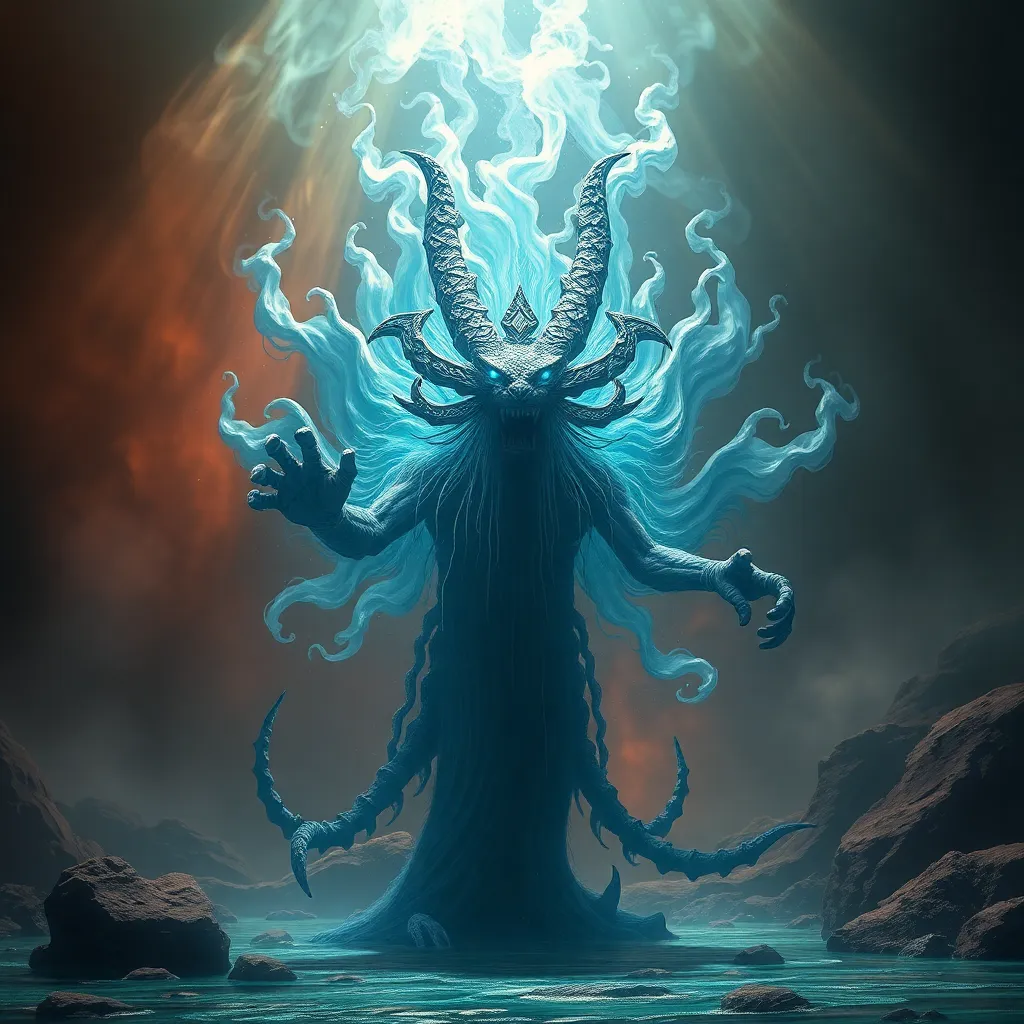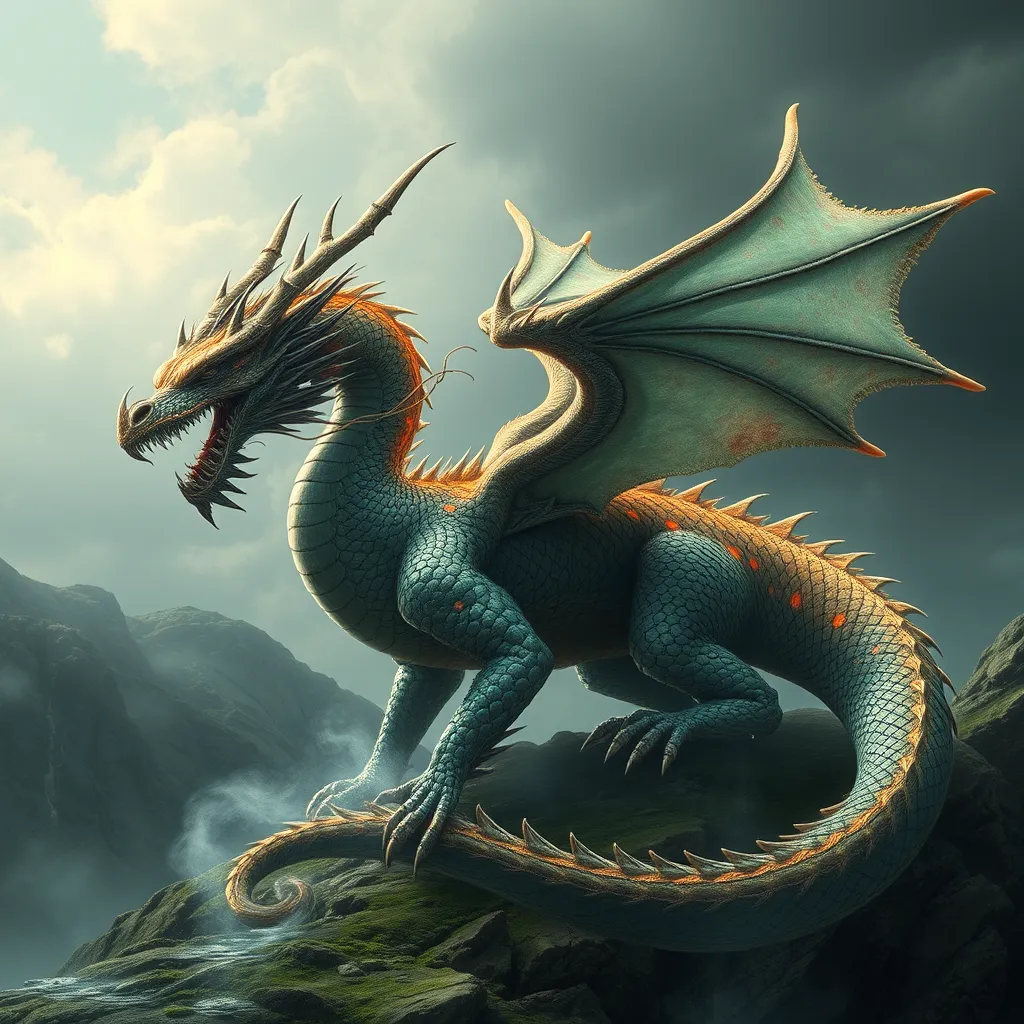The Baku’s Feast: Analyzing Dream Consumption in Japanese Mythology
I. Introduction
The Baku, a mythical creature from Japanese folklore, holds a unique place in the cultural psyche of Japan. Known for its ability to consume dreams, particularly nightmares, the Baku serves as a fascinating symbol of hope and protection. This article aims to delve into the significance of dreams in Japanese culture while exploring the symbolism associated with the Baku and its role in dream consumption.
II. The Origins of Baku in Japanese Mythology
The origins of the Baku can be traced back to ancient Japanese mythology, where it is often depicted as a creature with the body of a bear, the trunk of an elephant, and the eyes of a rhinoceros.
- A. Historical roots of the Baku creature: Historical texts from the Heian period (794-1185) indicate that the Baku was believed to have the power to ward off evil spirits and consume bad dreams.
- B. Cultural influences from Chinese mythology: The Baku is thought to have been influenced by the Chinese ‘Bixie,’ a creature that also wards off evil. This cross-cultural exchange enriched the Baku’s narrative in Japanese folklore.
- C. Evolution of Baku’s portrayal through the ages: Over centuries, the Baku evolved from a purely protective figure to one associated with the dream world, attracting various interpretations in art and literature.
III. The Symbolism of Dreams in Japanese Culture
In Japanese culture, dreams are considered significant, often viewed as messages from the divine or the subconscious mind.
- A. Traditional beliefs about dreams and their meanings: Dreams are traditionally interpreted as omens or reflections of one’s inner thoughts and feelings. Certain dreams are believed to predict future events.
- B. The role of dreams in Shinto and Buddhist practices: Both Shinto and Buddhism incorporate dreams into their spiritual practices, often seeking guidance or enlightenment through dream interpretation.
- C. Common themes and motifs found in Japanese dreams: Recurring motifs include nature, ancestors, and mythical creatures, all intertwined with personal experiences and emotions.
IV. The Process of Dream Consumption by Baku
The Baku’s abilities extend beyond mere consumption; it embodies a complex relationship with the dream state.
- A. Describing the Baku’s characteristics and abilities: Baku are depicted as benevolent creatures that can devour nightmares, allowing individuals to experience restful sleep.
- B. The act of consuming nightmares versus pleasant dreams: While Baku is primarily associated with consuming nightmares, there is a belief that it can also absorb pleasant dreams, creating a balance between fear and hope.
- C. Rituals and practices associated with invoking Baku for dream consumption: In some traditions, individuals would place their dreams on paper and call upon the Baku to consume them, often finding comfort and reassurance in the process.
V. The Psychological Implications of Dream Consumption
The act of dream consumption by the Baku transcends mere folklore, delving into psychological realms that resonate with human experiences of fear and anxiety.
- A. Understanding fears and anxieties through dreams: Dreams often manifest our deepest fears, and the Baku’s role in consuming these nightmares highlights a coping mechanism for dealing with these anxieties.
- B. The therapeutic aspect of Baku in alleviating nightmares: The Baku symbolizes hope and healing, providing a metaphorical outlet for individuals grappling with their fears during sleep.
- C. Modern interpretations of dream consumption in psychology: Psychologists today recognize the therapeutic value of dreams, paralleling the Baku’s role in the healing process.
VI. Baku in Contemporary Japanese Culture
The Baku has not only survived the test of time but has also adapted to modern sensibilities, finding representation in various forms of media.
- A. Representation of Baku in literature, art, and media: The Baku appears in anime, manga, and literature, often portrayed as a whimsical yet powerful figure that provides comfort.
- B. The Baku as a symbol of protection and hope: In contemporary interpretations, the Baku embodies a guardian spirit, reflecting society’s ongoing struggles with mental health.
- C. The resurgence of interest in Baku within modern Japanese society: As awareness of mental wellness grows, so does the fascination with the Baku, symbolizing a collective desire for peace of mind.
VII. Comparisons with Other Mythological Creatures
The Baku is not alone in the realm of dream-related mythological beings; various cultures feature similar entities.
- A. Similarities and differences with dream-eating beings in other cultures: Creatures like the ‘Mare’ in European folklore share similarities with the Baku, as both consume dreams, yet their portrayals reflect distinct cultural values.
- B. The universal theme of dreams and their consumption: Across cultures, the theme of dream consumption resonates universally, highlighting humanity’s collective fears and hopes.
- C. Cross-cultural interpretations and adaptations of dream consumption: Each culture adapts the concept of dream consumption to fit its unique beliefs, creating a rich tapestry of mythological interpretations.
VIII. Conclusion
In summary, the Baku serves as a profound symbol of dream consumption within Japanese mythology, embodying the intricate relationship between dreams and human experience. Its significance extends far beyond folklore, providing insights into the psychological and cultural dimensions of dreams.
As we reflect on the importance of mythology in understanding our fears, hopes, and aspirations, the Baku stands as a testament to the enduring power of stories in shaping our perceptions and experiences. Future research could further explore the intersection of dreams and mythology, offering deeper insights into the human psyche.




